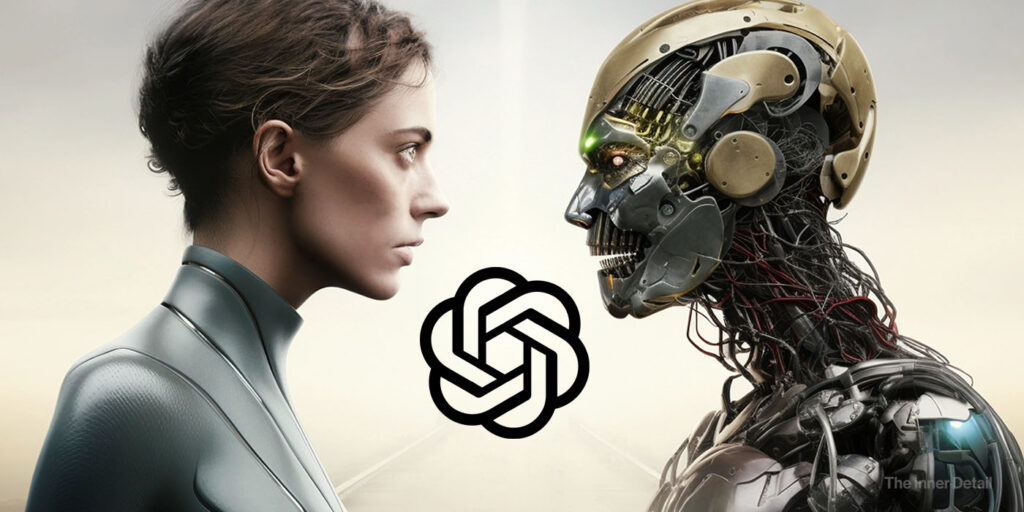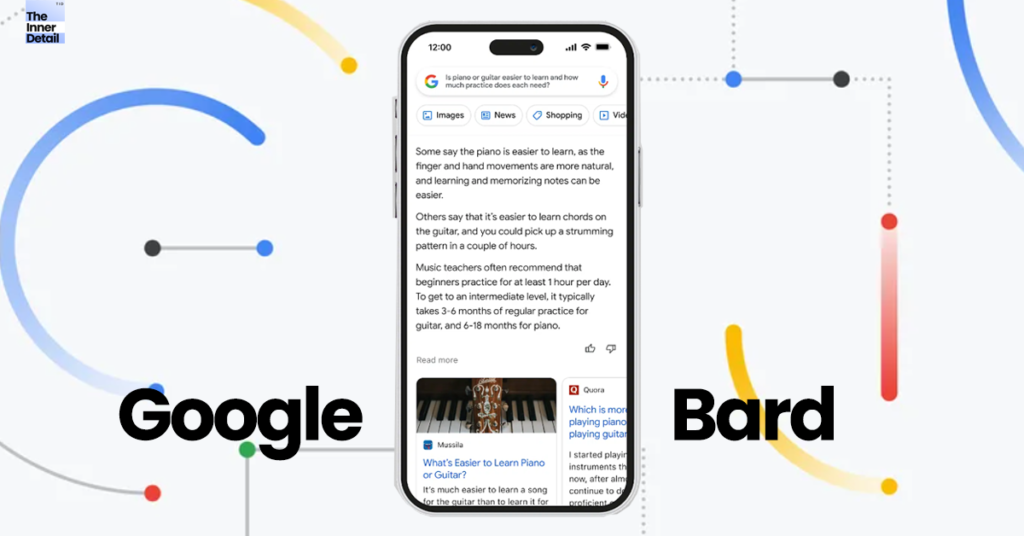The currently prevailing Generative AI is about to enter into its next phase – Interactive AI, which would empower the AI to carry out tasks all by itself, says DeepMind’s Co-founder.
Artificial Intelligence technology has been evolving over years from being just a tech tool for classification to being a model where it could generate content. As expected, the growth of AI will not end with the generative AI, but will be relentlessly expanding until the technology starts directly impacting humanity.
In accordance, the co-founder of DeepMind, which was acquired by Google in 2014, Mustafa Suleyman says that the current wave of generative AI tools like ChatGPT will soon be surpassed by “interactive artificial intelligence”.
What Interactive AI means?

As “Generative AI is just a phase”, as said by Mustafa Suleyman, the next generation of AI tools will be a step change in the history of our species, allowing people to not just obtain information from it but also interact with it. Dubbed as “interactive AI”, this phase of AI could execute tasks and services by itself, instead of just generating content.
“The first wave of AI was about classification. Deep learning showed that we can train a computer to classify various types of input data: images, video, audio, language. Now we’re in the generative wave, where you take that input data and produce new data,” Mr Suleyman told MIT Technology Review.
“The third wave will be the interactive phase. That’s why I’ve bet for a long time that conversation is the future interface. You know, instead of just clicking on buttons and typing, you’re going to talk to your AI.”
This will allow users to ask these AI to perform tasks for them, which they will carry out by talking with other people and interacting with other AIs.
Technology today is static. It does, roughly speaking, what you tell it to do. But technology is going to be animated. It’s going to have the potential freedom, if you give it, to take actions.
Risks of AI Autonomy
As this form of interactive AI could be able to do tasks and take actions on its own, potential risks arise on the tech, mainly as “what-if” type of questions.
When it was questioned to Suleyman, he said “The idea is that humans will always remain in command. Essentially, it’s about setting boundaries, limits that an AI can’t cross. And ensuring that those boundaries create provable safety all the way from the actual code to the way it interacts with other AIs – or with humans – to the motivations and incentives of the companies creating the technology. And we should figure out how independent institutions or even governments get direct access to ensure that those boundaries aren’t crossed.”
Recent Innovations accord so
Companies, and startups are now into making display-less devices, aiming to ditch smartphones, and the most prominent way to interact with these devices is through voice. In order to make the technology seamless and natural to humans, innovations like smart-glass, smart-wearable, smart-rings are emerging rapidly, with each having its own purpose of functioning.
With the humane wearable, a voice-interactive AI-powered wearable, that could replace your smartphone, as claimed by the startup founder; AR-glass to seamlessly interact with technology with help of haptic sensors, the world is now in the verge of next shift of technological devices.
As display-led technology is considered to be a distraction to life and productivity nowadays, companies are thinking about a change to display-less technology, but with almost all capabilities of a smartphone.
(For more such interesting informational, technology and innovation stuffs, keep reading The Inner Detail).
Kindly add ‘The Inner Detail’ to your Google News Feed by following us!







